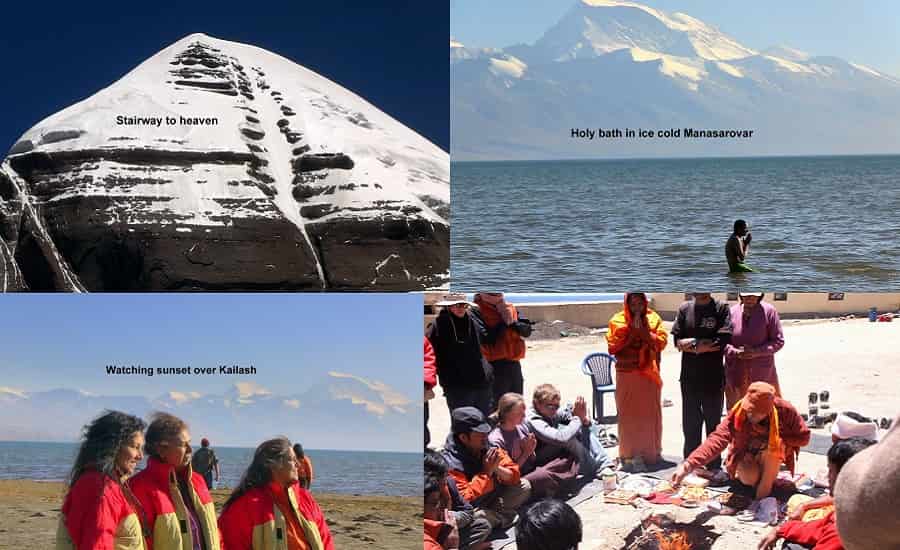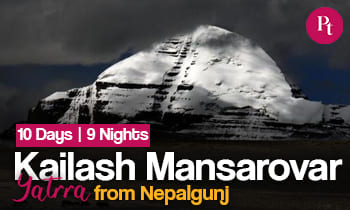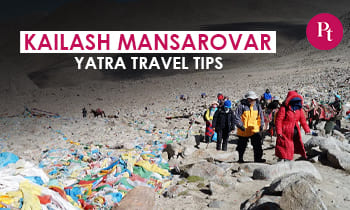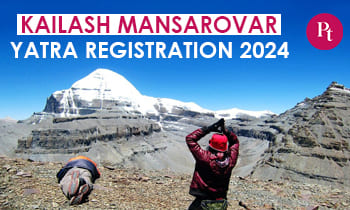The Kailash Mansarovar Yatra is a sacred pilgrimage that holds immense spiritual significance for Hindus, Buddhists, Jains, and Bon followers. Nestled in the remote and awe-inspiring landscapes of Tibet, this pilgrimage is a journey of a lifetime, offering a blend of religious fervor, breathtaking scenery, and physical challenges. As you embark on this sacred expedition, it’s crucial to be well-prepared to make the most of your experience. This comprehensive guide provides valuable tips and insights to ensure a safe and fulfilling Kailash Mansarovar Yatra.

Understanding the Kailash Mansarovar Yatra
Historical and Religious Significance
- The sacred Mount Kailash is revered as the abode of Lord Shiva in Hinduism and has spiritual significance in Buddhism, Jainism, and Bon tradition.
- Mansarovar Lake, located at the base of Mount Kailash, is believed to cleanse the soul and grant spiritual liberation.
Route and Duration
- The Kailash Mansarovar Yatra typically spans 12 to 18 days, covering a distance of approximately 52 kilometers around Mount Kailash.
- The journey involves trekking, parikrama (circumambulation), and high-altitude passes.
Preparing for the Yatra
Physical Fitness
- Consult with a healthcare professional before undertaking the journey to ensure you are physically fit for the challenges posed by high altitudes.
- Engage in regular cardiovascular and strength training exercises to build stamina.
Acclimatization
- Spend a few days in a location with a moderate altitude before reaching the higher altitudes to acclimatize your body.
Mental Preparation
- Understand the cultural and religious significance of the pilgrimage to enhance your spiritual experience.
- Prepare mentally for the physical challenges and the unpredictable weather conditions.
Essential Gear and Packing Tips
Clothing
- Pack layered clothing to adapt to varying temperatures.
- Ensure you have waterproof and windproof jackets, gloves, and a hat.
- Comfortable and durable trekking boots are essential.
Backpack Essentials
- Carry a first aid kit, including medications for altitude sickness, pain relief, and any personal medications.
- Pack a water purifier or purification tablets, as clean water may not be readily available.
- Bring a good-quality sleeping bag suitable for cold temperatures.
Travel Documents and Permits
- Obtain all necessary permits well in advance.
- Carry multiple copies of your identification, visa, and permits in a waterproof pouch.
Health and Safety Tips
Altitude Sickness
- Stay hydrated and drink plenty of water.
- Gradually ascend to higher altitudes, allowing your body to acclimatize.
- Recognize the symptoms of altitude sickness and seek medical attention if necessary.
Weather Conditions
- Be prepared for sudden weather changes, including rain and snow.
- Carry a durable and lightweight rain cover for your backpack.
Emergency Contacts
- Keep a list of emergency contacts and important information, including your guide’s details and local authorities.
Cultural Sensitivity and Etiquette
Respect Local Customs
- Familiarize yourself with the local customs and traditions.
- Seek permission before taking photographs, especially of religious sites or locals.
Waste Management
- Follow the principles of “Leave No Trace” and carry back all your waste, including biodegradable items.
- Dispose of waste responsibly at designated areas.
Spiritual and Personal Experience
Pilgrimage Etiquette
- Participate in religious rituals with respect and humility.
- Practice mindfulness and meditation to enhance your spiritual experience.
Engage with Locals
- Interact with the local community and fellow pilgrims to enrich your cultural experience.
- Learn about the stories and legends associated with Mount Kailash from locals.
FAQs
Q: How do I obtain permits for the Yatra?
A: Permits can be obtained through the Ministry of External Affairs or your travel agency.
Q: When is the best time for the Yatra?
A: May to September is ideal, but check weather conditions.
Q: How demanding is the Yatra physically?
A: It involves trekking and high altitudes, so good physical condition is essential.
Q: Are there medical facilities available?
A: Basic facilities are available, but carry a personal first aid kit.
Q: What is the significance of Mansarovar Lake?
A: It is considered sacred and has purifying properties.
Q: How can I prevent altitude sickness?
A: Gradual ascent, hydration, and consultation with a healthcare professional are key.
Q: What clothing and gear do I need?
A: Layered clothing, sturdy boots, waterproof jacket, and a durable sleeping bag are essential.
Q: Can I undertake the Yatra independently?
A: Generally, participants join organized groups facilitated by travel agencies.
Q: How long does the Yatra take, and what is the route?
A: It spans 12 to 18 days, covering 52 kilometers around Mount Kailash.
Q: Is photography allowed at religious sites?
A: Generally allowed, but seek permission, especially in sensitive areas.
Q: How can I contribute to responsible tourism?
A: Practice responsible waste management, respect local customs, and interact positively with the community.
Conclusion
The Kailash Mansarovar Yatra is a journey that transcends physical challenges, offering pilgrims a unique blend of spiritual awakening and natural beauty. With careful preparation, a respectful attitude, and an open heart, this sacred pilgrimage can be a transformative and unforgettable experience. May your journey to Mount Kailash be filled with spiritual insights, cultural enrichment, and the joy of connecting with the divine. Safe travels on your sacred expedition!










 Call
Call WhatsApp
WhatsApp Enquiry
Enquiry